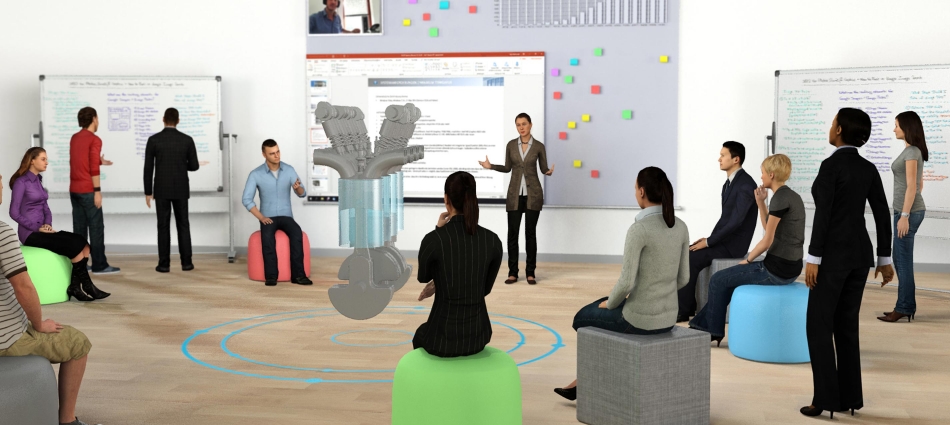In August 2020, Henning was asked by the subject of "managerSeminare" magazine how to create co-creative scenarios at a distance. The special appeared in the November issue.
Even if digital tools such as Zoom or Teams can replace a large part of real communication in a company, gaps remain. Especially intensive group formats such as workshops or creative meetings are hardly representable with the limited means of a video conference. For some years now, however, 3D learning and working worlds have established themselves with which real meetings can be simulated and in which the participants control avatars as in computer games. This not only enables a variety of forms of interaction that can otherwise only take place "in real life", the experience for the participants is also incomparably more realistic and relevant than with conventional tools. The technical effort involved is manageable, but it is important for managers and trainers to be well acquainted with the special conditions of virtual worlds - and to be able to use them.
Content:
- One more dimension: How space in virtual worlds becomes a carrier of meaning in social interaction
- Embodiment and immersion: why 3-D worlds can have a different effect than other conference tools
- Virtual authenticity: Why it is important that participants behave in the digital world as they do in reality
- Rooms, tools, avatars: What matters in the design of 3-D worlds
- Four phases: How a virtual learning or collaboration event might proceed
Extras:
- Tutorial: Checklist for 3-D events
- The market for 3-D tools
- More on the topic
Author(s): Henning Behrens
Source: managerSeminare 272, November 2020, page 46 - 54
https://www.managerseminare.de/ms_Artikel/3-D-Lern-und-Arbeitswelten-Verbinden-wie-in-echt,280214

Leave a Reply